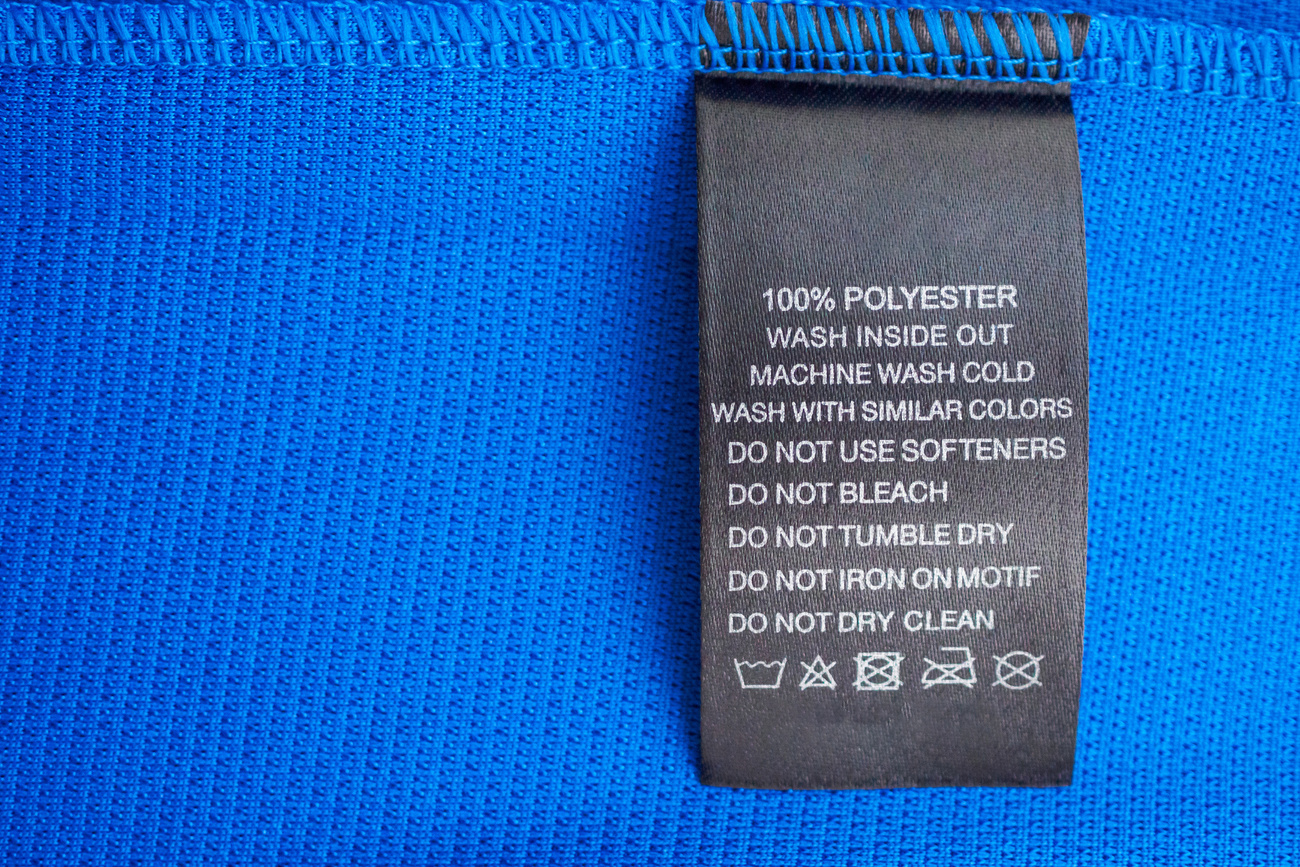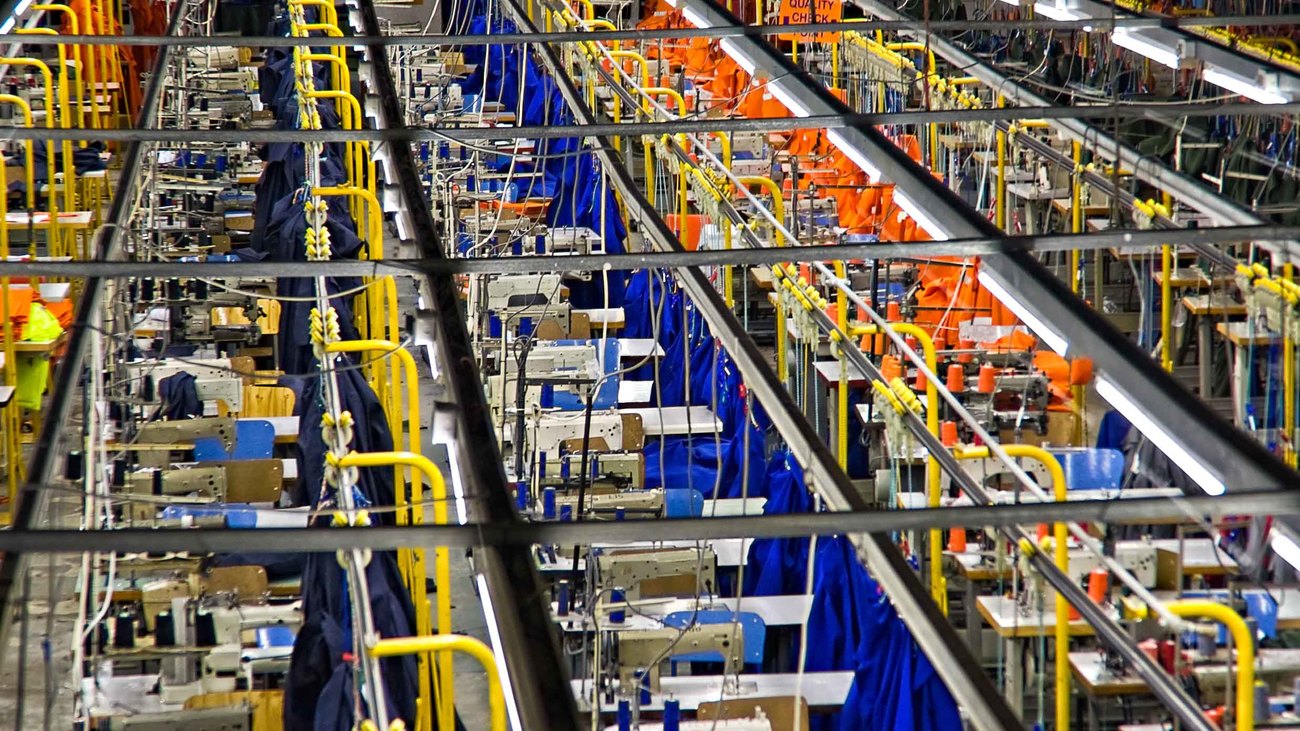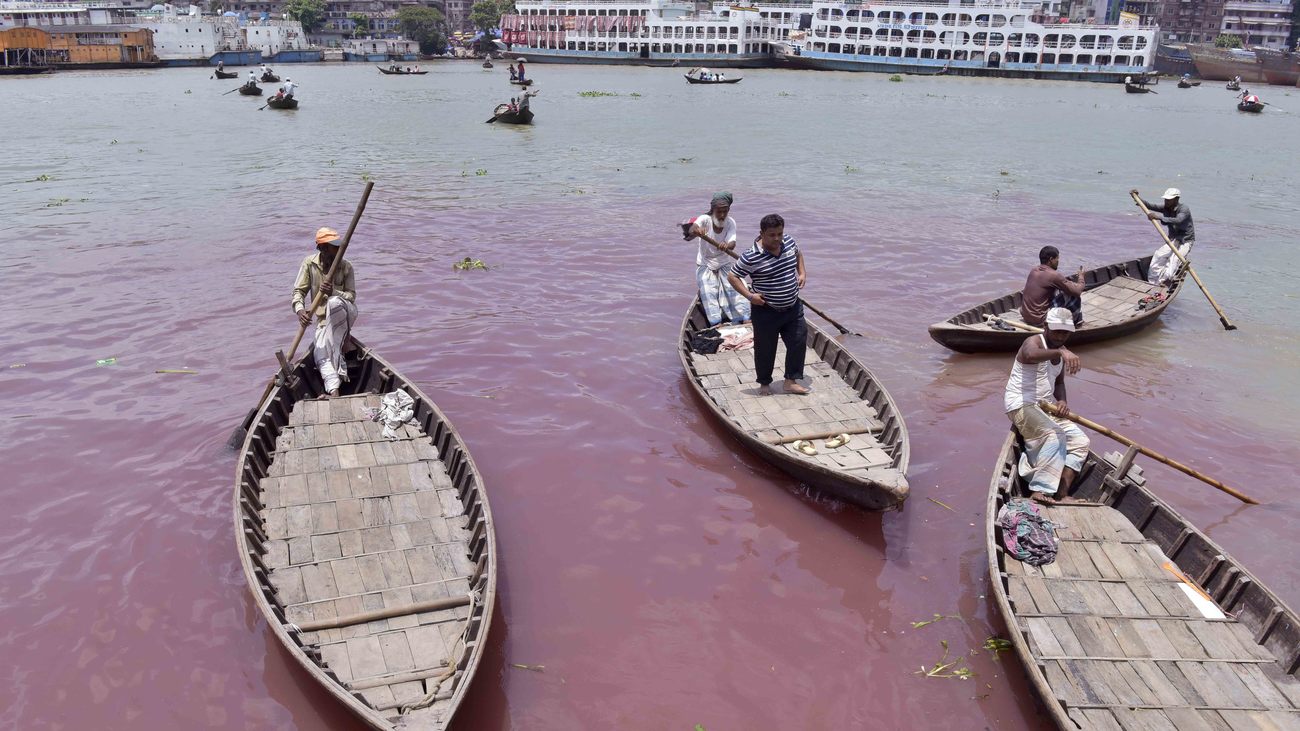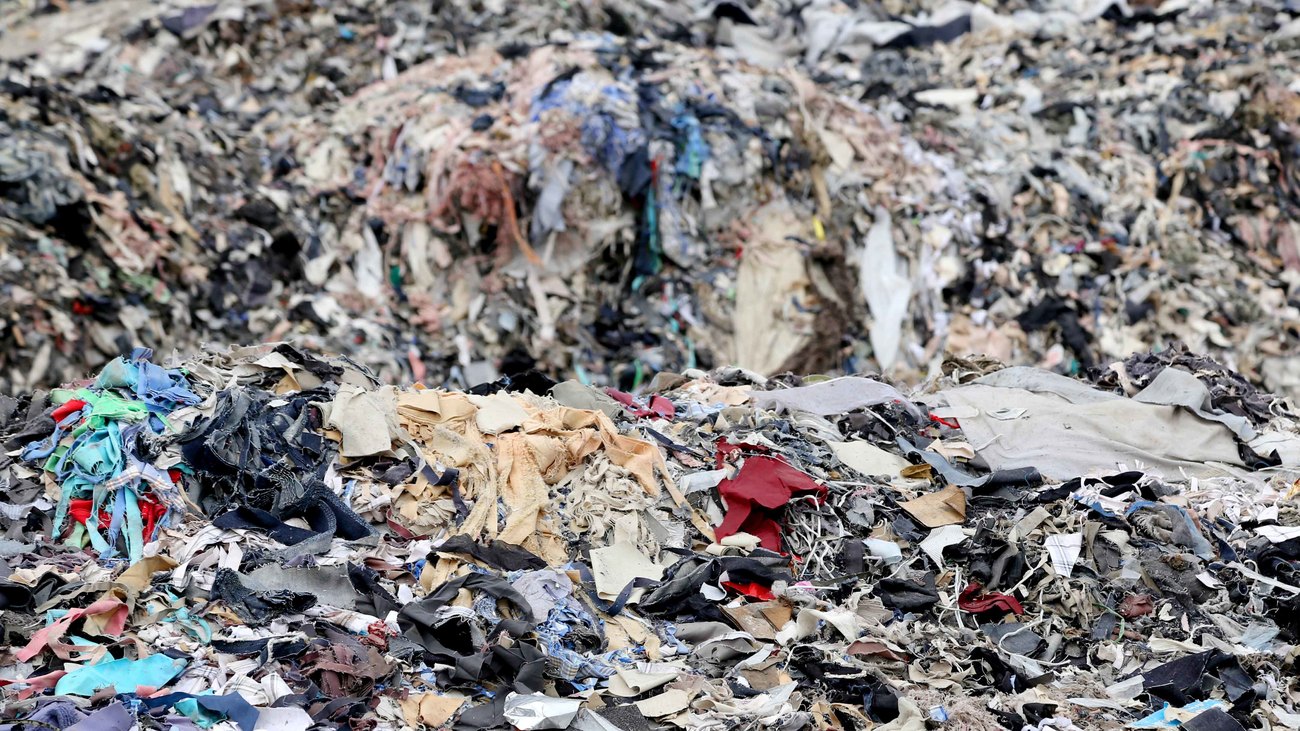Alejandra Pollak
the dark secrets of the apparel industry
the dark secrets of the apparel industry

It’s fashion month and all eyes are on the Met Gala in New York City—fashion's biggest night of the year. The entire fashion world including media, influencers, and designers descended on New York City to push trends and, of course, to see and be seen. But if you look beyond the flashing lights and runway shows, a decidedly less glamorous scene comes into focus. A scene in which New York rebuilds, recovers, and reckons with lives lost due to record-breaking flooding unleashed by Hurricane Ida locally and across the region. The Met Gala and storm recovery are starkly different visuals, but make no mistake—they are undeniably linked.
We are all witnesses to the ravages of climate change in full force. Hotter and longer wildfire seasons, extreme drought, and unprecedented flooding have cost countless lives and displaced thousands if not millions more. IFAW and the broader conservation community know all too well that animals and wildlife face equal climate-driven threats and continue to endure widespread death, habitat loss, and destruction that threaten species persistence. If you are outraged and terrified by it all, you need to care about the clothes you wear and the industry that makes them.

Environmental impact of the clothing industry
The real apparel industry is far from the glamour depicted in Met Gala and fashion month coverage. The true apparel industry exists under cover of darkness, hidden far from the view of the average western consumer, and is almost entirely unregulated. In spite of continued efforts to remain in the shadows, the apparel industry has been exposed as one of the most environmentally damaging in the world.
Multiple studies estimate the apparel industry is responsible for between 4.0–8.1% of global carbon emissions. Even by conservative estimates, the apparel industry is responsible for more greenhouse gas emissions than France, Germany and the United Kingdom combined. 75% of the apparel industry’s carbon footprint occurs in the fabric production phase primarily dominated by China—a country with an energy grid heavily dependent on fossil fuels. Additionally, polyester—the dominant fiber in our clothes—is derived from petroleum, a fossil fuel. With production outputs reaching nearly 150 billion garments per year, it is easy to see how the apparel industry has become a major contributor to climate change.
Figures measuring the apparel industry’s actual global water pollution are scarce. Yet even without hard industry data, there is consensus that fertilizers, chemicals, dyes, and extreme water intensity in textile processing have resulted in the pollution of rivers, freshwater, and marine ecosystems globally. Look no further than Bangladesh, the second-largest garment exporting country in the world. Dhaka, a garment industry epicenter, is situated within a system of rivers that are regularly dyed the “color of the season” from factory wastewater. Three of these rivers are declared biologically dead.

Water pollution can be visible to the naked eye, but an unseen crisis impacts marine life and ecosystems: microplastics. When we think of plastic pollution, we think of plastic straws, bags, and bottles, but most of the plastic found in our oceans consists of tiny synthetic fibers invisible to the naked eye. As many as 209,000 tons of synthetic microfibers enter the marine environment in a single year, and a recent study warns there will be more plastic than fish in our oceans by 2050.
Microfibers shed from our clothing are small enough to bypass washing machine filters and wastewater treatment plants, entering our rivers, lakes, and oceans where fish at every level of the food chain ingest them. Indeed, we are literally eating our own clothing. More studies are needed to determine the exact long-term health impacts of microfiber ingestion in marine life (and on us). Still, early studies indicate they lead to digestive complications resulting in poor growth and reproductive output.
Further from the camera lens is where clothing goes to die. Most of our unwanted clothing ends up in landfills as textile waste that will never decompose. More complex is what happens to donated clothing that enters the second-hand market. Research led by The OR Foundation finds that only 10-20% of collected apparel is sold in the Global North. The excess is shipped in bales and sold in markets in countries in the Global South. Our increased consumption and disposal of clothing of reduced quality has overwhelmed these markets and has decimated local apparel and manufacturing industries. In the Kantamanto Market in Ghana, 40% of imported garments end up in landfills causing an environmental and waste-management crisis.

We now know that our clothing is terrible for the planet and the people and animals on it. What are the solutions?
First, let’s identify what is not the solution — buying from brands that market themselves as sustainable. That is often all it is: marketing. A scheme to create demand for new sustainable products without changing fundamental business models. News flash: your recycled polyester t-shirt, as good as it feels to buy it, is not saving the planet.
It is a feature of our capitalist economic system that we refer to ourselves as “consumers” before referring to ourselves as citizens. The number one question newly educated “conscious” consumers ask me is, “what sustainable brands should I consider buying from?” In other words, “how can I consume more sustainably?” rather than "how do I consume less?" and "what can I do to ensure my favorite brands are held accountable for their impacts?" The idea that we can “consciously” consume our way towards a more sustainable future and that the market will magically respond to our individual consumerism with more responsible business conduct is a myth debunked by the author, Elizabeth Cline, in the must-read Atmos piece "The Twilight of the Conscious Consumer."
To ensure the persistence of all animal species, including we humans, we must shift away from an individualistic mindset and toward a collective call for a change to the apparel industry. Indeed our entire global economic system must shift to a model in which people, animals and the planet they call home thrive together. Shopping more, no matter how sustainable brands claim to be, will not get us there. Collective, citizen action is the way. Here are a few ways to act now:
- Replace consumption with action. Turn off notifications, unfollow influencers and unsubscribe from emails driving you to buy things you do not want and do not need. Follow and subscribe to activists and organizations that will equip you with the resources, information, and daily actions you can take to join collective efforts to create meaningful change. Start by signing the New Standard Institute petition and sign up for the Newsletter.
- Engage politically. Support efforts to regulate the apparel industry. It is critical that we collectively demand legislation that compels companies to measure the environmental and labor impacts of their supply chains and report transparently on investments and progress toward impact-reduction targets. Contact your representatives and make clear that you care about the adverse impacts of products sold to you.
- Be a magnifying force. Share the work, insights, and calls to action of your favorite activists, journalists, and organizations with your friends and families. Bring the conversation to the dinner table.
- Learn. "Unraveled: The Life and Death of a Garment" by Maxine Bédat, "Overdressed: The Shockingly High Cost of Cheap Fashion" by Elizabeth Cline, and "Consumed: the need for collective change; colonialism, climate change & consumerism" by Aja Barber are excellent places to start. Follow these authors/thought-leaders on Twitter and Instagram and share their work.
-Alejandra Pollak, IFAW Board Member and Director of Operations of New Standard Institute
Related content
every problem has a solution, every solution needs support.
The problems we face are urgent, complicated, and resistant to change. Real solutions demand creativity, hard work, and involvement from people like you.